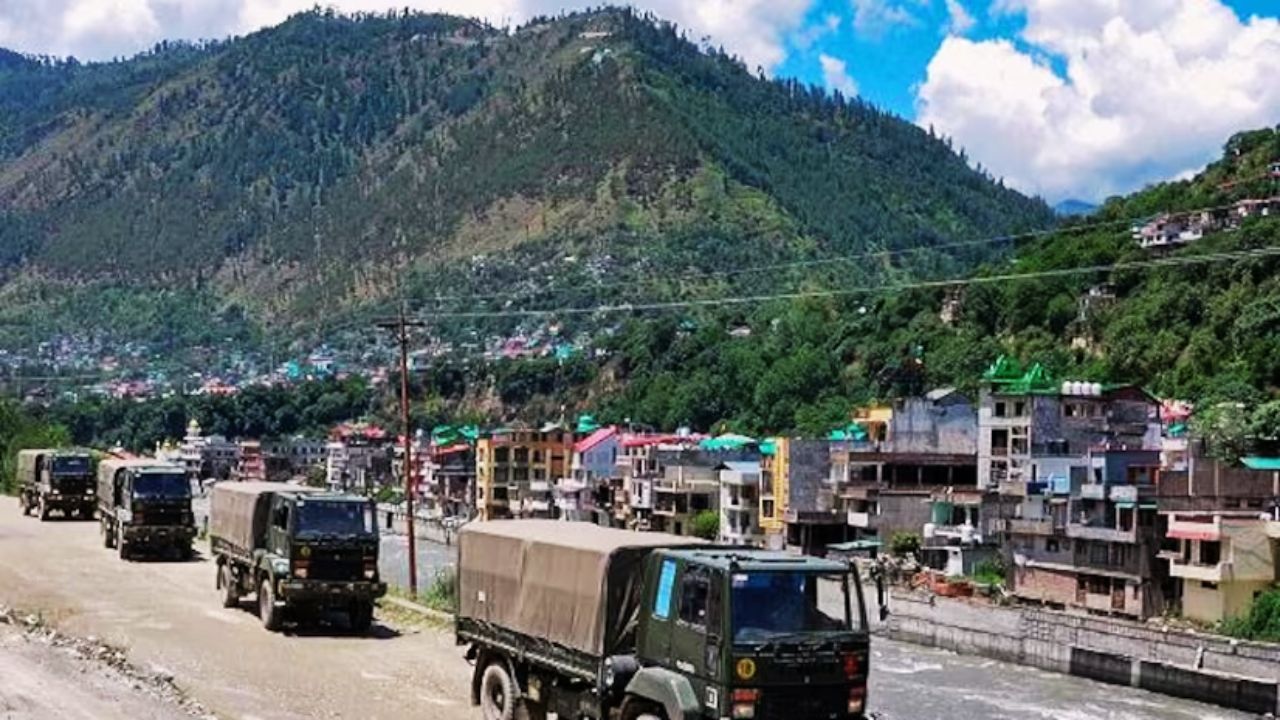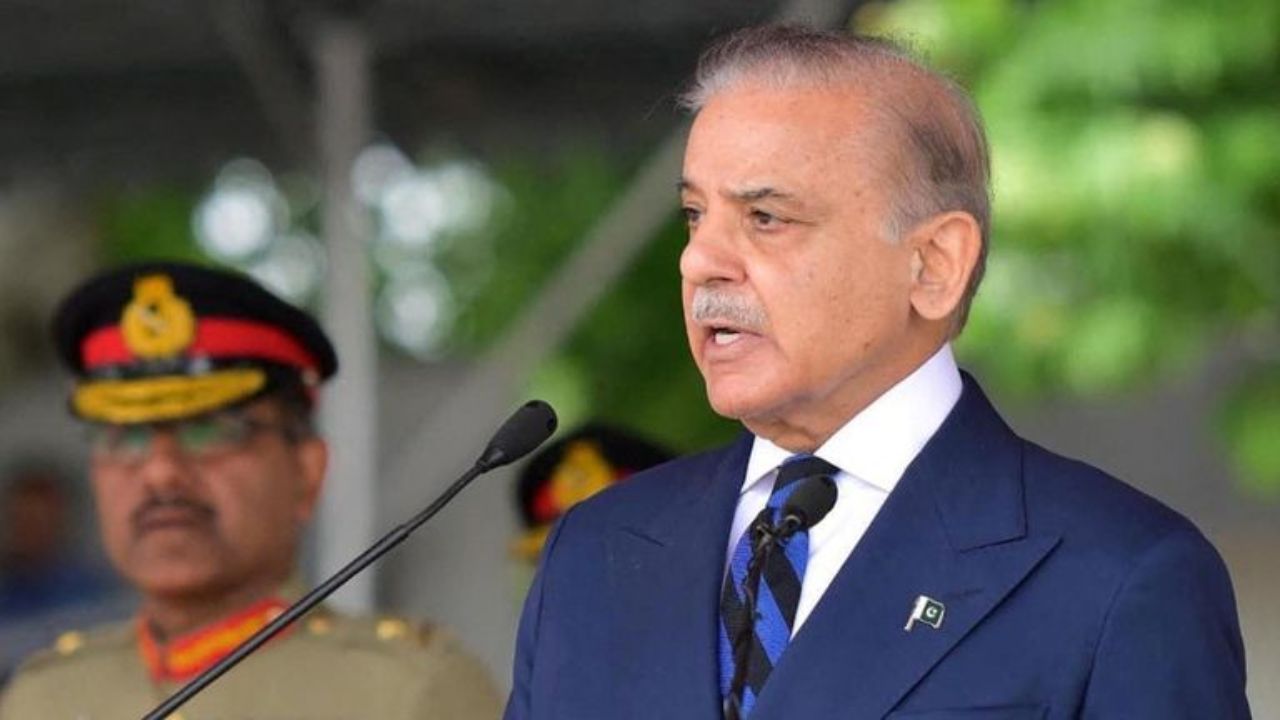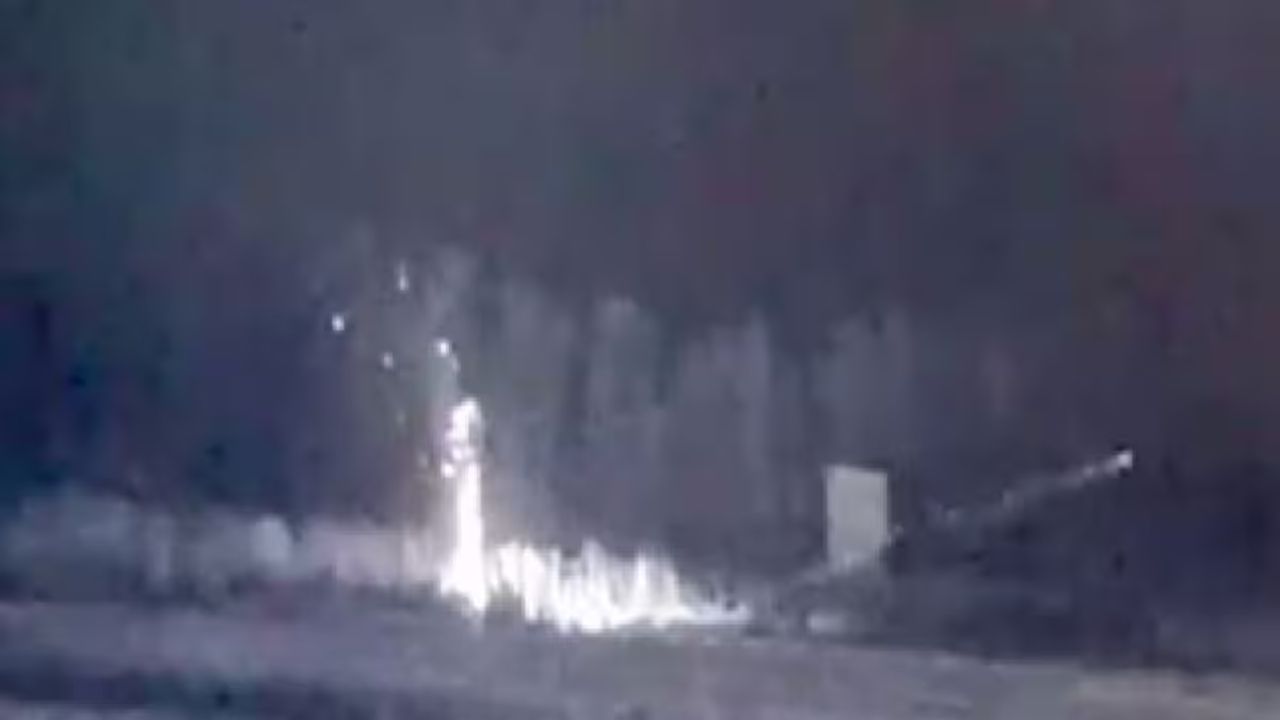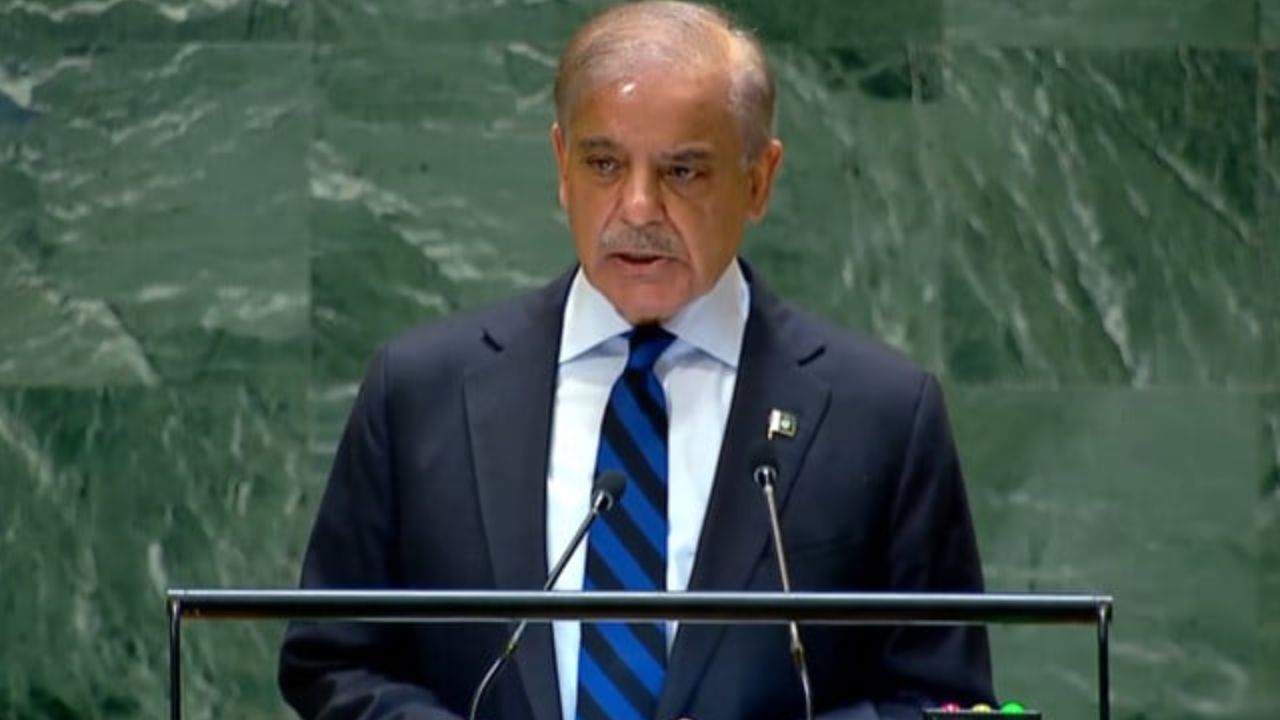India Allows Civilian Access to Demchok Weeks After China Disengagement
Demchok Opens to Civilians After Disengagement with China Under Battlefield Tourism Initiative Demchok, one of the key flashpoints in the recent border standoff with China, has now been opened to civilian visitors as part of the

Demchok Opens to Civilians After Disengagement with China Under Battlefield Tourism Initiative
Demchok, one of the key flashpoints in the recent border standoff with China, has now been opened to civilian visitors as part of the Centre’s new Battlefield Tourism initiative. Spearheaded by the Ministry of Defence in collaboration with state governments and the Ministry of Tourism, this initiative includes 77 forward sites—21 in Arunachal Pradesh, 14 in Ladakh, 11 in Jammu and Kashmir, and seven in Sikkim.
After four years of military standoff, India recently announced the completion of disengagement at Demchok and Depsang Plains along the Line of Actual Control (LAC) in Eastern Ladakh. This agreement reached between India and China, was announced on October 21, just days before Prime Minister Narendra Modi and President Xi Jinping met on the sidelines of the BRICS Summit in Russia. Following the disengagement, Indian troops have resumed patrolling in Demchok, where Chinese troops had previously encroached upon the Charding Nullah.
The sites included in the initiative cover historic and strategically significant locations, such as Tawang, Bum La, and Walong in Arunachal Pradesh, and Galwan and Pangong Tso in Ladakh—both of which witnessed violent clashes between Indian and Chinese troops in recent years.
For high-risk border areas, visitors will need to coordinate with Indian Army units for safety and clearances. While core operational zones will remain off-limits, officials emphasize that the goal is to open as many of these forward locations as possible, allowing citizens to experience the extreme conditions faced by soldiers.
Union Tourism Minister Gajendra Shekhawat highlighted that the initiative balances risk mitigation with public access. “The Indian Army, in collaboration with the state governments and the Ministry of Tourism, has implemented robust safety measures to ensure visitors’ well-being,” he said.
In a written response to the Lok Sabha, Shekhawat stated that visitors will be required to obtain clearances through a single-window system. High-altitude acclimatization protocols will be advised, and emergency evacuation measures will be in place to address medical emergencies. Special permits will be required for access to select locations based on security concerns.
The Indian Army has been actively working to convert historic battlefields and border zones into accessible tourist destinations. Officials note that this effort will not only allow citizens to witness firsthand the sites of significant military engagements but also foster greater appreciation for the armed forces. Additionally, the initiative is expected to boost connectivity, tourism, and socio-economic development in India’s border regions.





